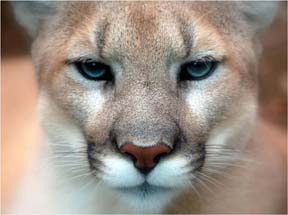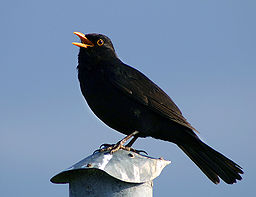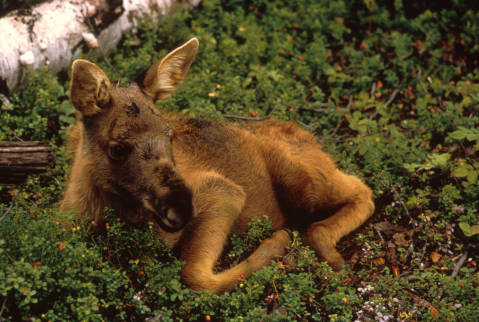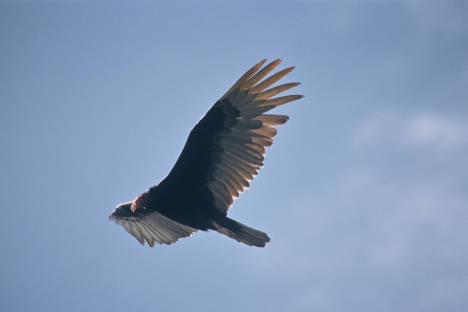Seventeen alligators, all about four feet long, have been found on New York’s Long Island in the past 10 months, including three alligators turned in at a reptile pet amnesty event in April. New York Department of Environmental Conservation personnel likely never thought they would become expert alligator handlers.
The most recent alligator sighting was in Calverton, NY on Friday. Read and watch the story from Hudson Valley News 12, here.
But this is only the latest alligator sighting on the eastern end of Long Island. Back in May, the New York Post reported on the cluster of alligator sightings and captures. Read that story here. At the very end there is a map of all the sightings.
The NY Daily News did a story on the three alligators turned in at an amnesty day for illegal reptile pets in April. Read the Daily News story here.
A press release from the NYS DEC is here.

 The Wyoming Game and Fish Department and the Wyoming Cooperative Fish and Wildlife Research Unit recently collared 28 cow moose to add to the 65 moose they are already tracking with GPS collars,
The Wyoming Game and Fish Department and the Wyoming Cooperative Fish and Wildlife Research Unit recently collared 28 cow moose to add to the 65 moose they are already tracking with GPS collars,  Where are there more mountain lions? There are increases Puma concolor sightings just about everywhere, recent news reports say.
Where are there more mountain lions? There are increases Puma concolor sightings just about everywhere, recent news reports say. The bright lights (and noise) of the big city haven’t just made the days of songbirds longer, they have thrown a wrench in the birds’ circadian rhythms, researchers studying European blackbirds have found. The study, which is in the current issue of the
The bright lights (and noise) of the big city haven’t just made the days of songbirds longer, they have thrown a wrench in the birds’ circadian rhythms, researchers studying European blackbirds have found. The study, which is in the current issue of the Late last month Minnesota Department of Natural Resources researchers collared 49 moose calves within hours of their birth,
Late last month Minnesota Department of Natural Resources researchers collared 49 moose calves within hours of their birth,  Researchers from the Hawk Mountain Sanctuary in Pennsylvania have been studying vultures throughout the New World to see if they are effective sentinels for environmental pollutants, such as lead.
Researchers from the Hawk Mountain Sanctuary in Pennsylvania have been studying vultures throughout the New World to see if they are effective sentinels for environmental pollutants, such as lead.